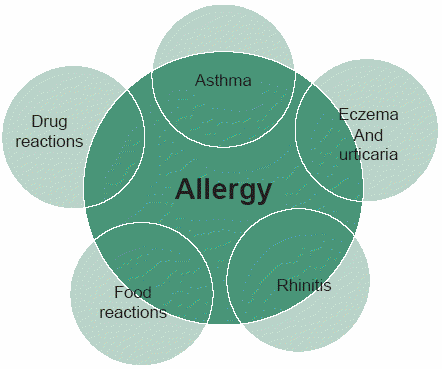
LOS ANGELES — People with suspected food allergies may need to submit to an oral food challenge — ingesting the food in a doctor’s office while symptoms are assessed — to receive an accurate diagnosis, according to new guidelines issued Monday by a consortium of food-allergy experts led by the National Institute of Allergy and Infectious Diseases.
The guidelines specifically rule out attempting to diagnose a food allergy solely by skin-prick or blood tests that merely suggest an individual is “sensitized” to a particular food.
Those tests, however, may be combined with a medical history and exam and, if needed, an oral food challenge, to arrive at a diagnosis.
Adherence to the recommendations should help people discover if they are truly allergic to certain foods, said Dr. Hugh Sampson, a professor of pediatrics at Mount Sinai School of Medicine in new York and past-president of the American Academy of Allergy, Asthma & Immunology.
“A lot of physicians order large numbers of blood tests of various foods and when they find small amounts of antibody present, they indicate to the patient that they are allergic to this food and shouldn’t ingest it,” he said.
Many patients, especially children, are placed on “highly restricted diets” that are probably not necessary.
Currently, doctors use a broad range of criteria to diagnose and define food allergies. the variation has led to wildly divergent estimates of food allergies that range from 1 to 10 percent of the U.S. population.
Most likely, about 3 to 4 percent of Americans have some type of food allergy, Sampson said, although the prevalence appears to be increasing. the guidelines should help identify those people and free others to expand their food choices.
The guidelines also stress that some food allergies will disappear. For example, 80 percent of children with allergies to eggs or milk will outgrow the problem.
“Each food is different, and each allergy is different,” said Dr. Amal Assa’ad, a professor of pediatrics, allergy and immunology at Cincinnati Children’s Hospital Medical Center.
“Some food allergies resolve with time. We want to get the message across that food allergy needs consistent follow-up. It’s not a lifetime verdict,” Assa’ad said.
More than 30 professional groups, along with federal and lay organizations, participated in drafting the guidelines, published Monday in the Journal of Allergy and Clinical Immunology. the document is intended for doctors. the National Institute of Allergy and Infectious Diseases will release materials to help patients understand the guidelines.
The document lists tests that can be used in making a diagnosis and those that are not recommended. For example, an IgG test, which is a common test for a type of antibody, is not recommended for helping to diagnose food allergy, said Matthew Fenton, chief of the Asthma, Allergy and Inflammation Branch of the Division of Allergy, Immunology and Transplantation at the National Institute of Allergy and Infectious Diseases.
Other diagnostic methods are underused, Sampson said. while tests such as skin-prick tests and blood tests to detect IgE — a natural substance that increases when someone is exposed to allergens — are frequently used to indicate a food allergy, far fewer patients undergo an oral, food-challenge test.